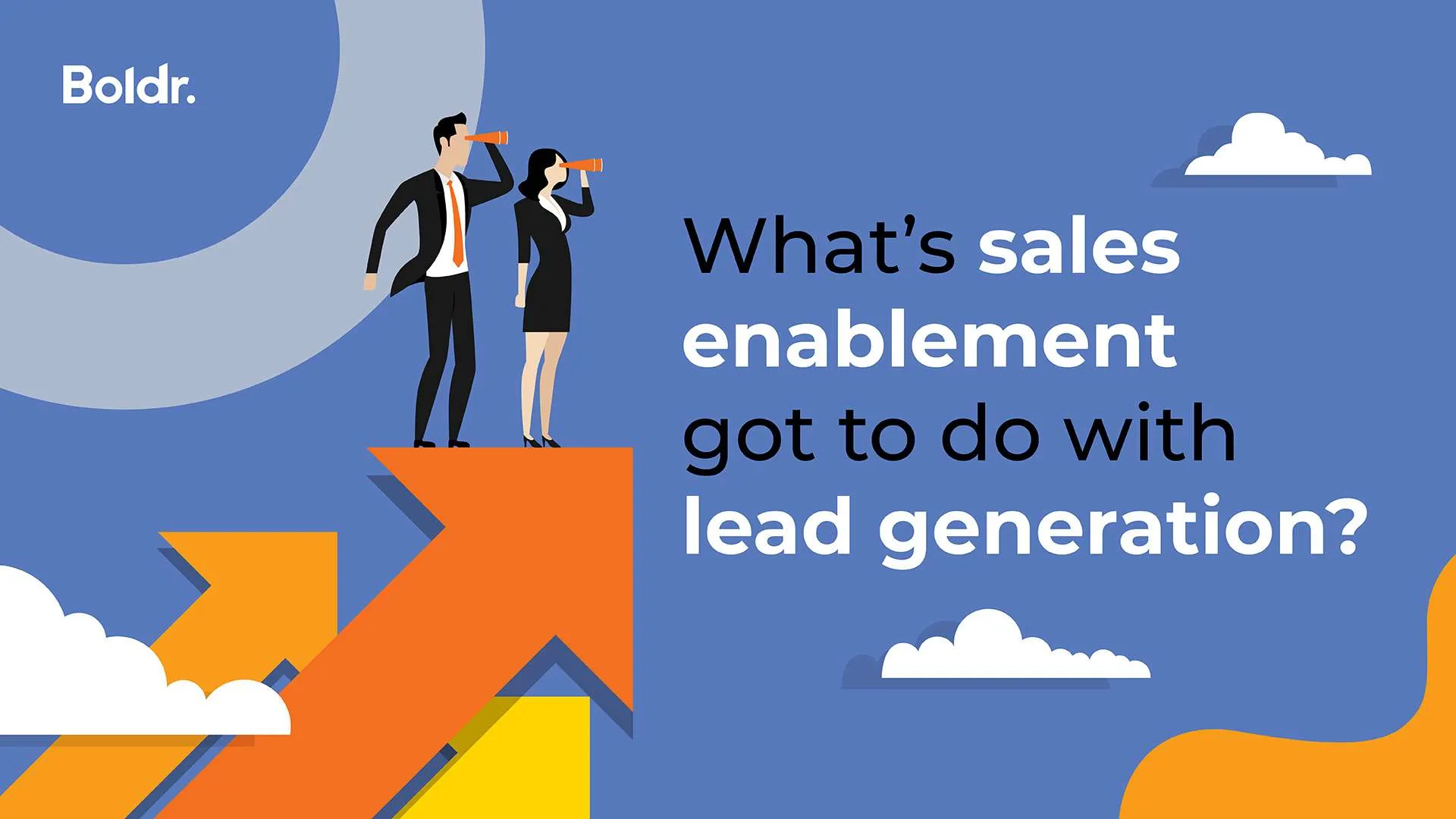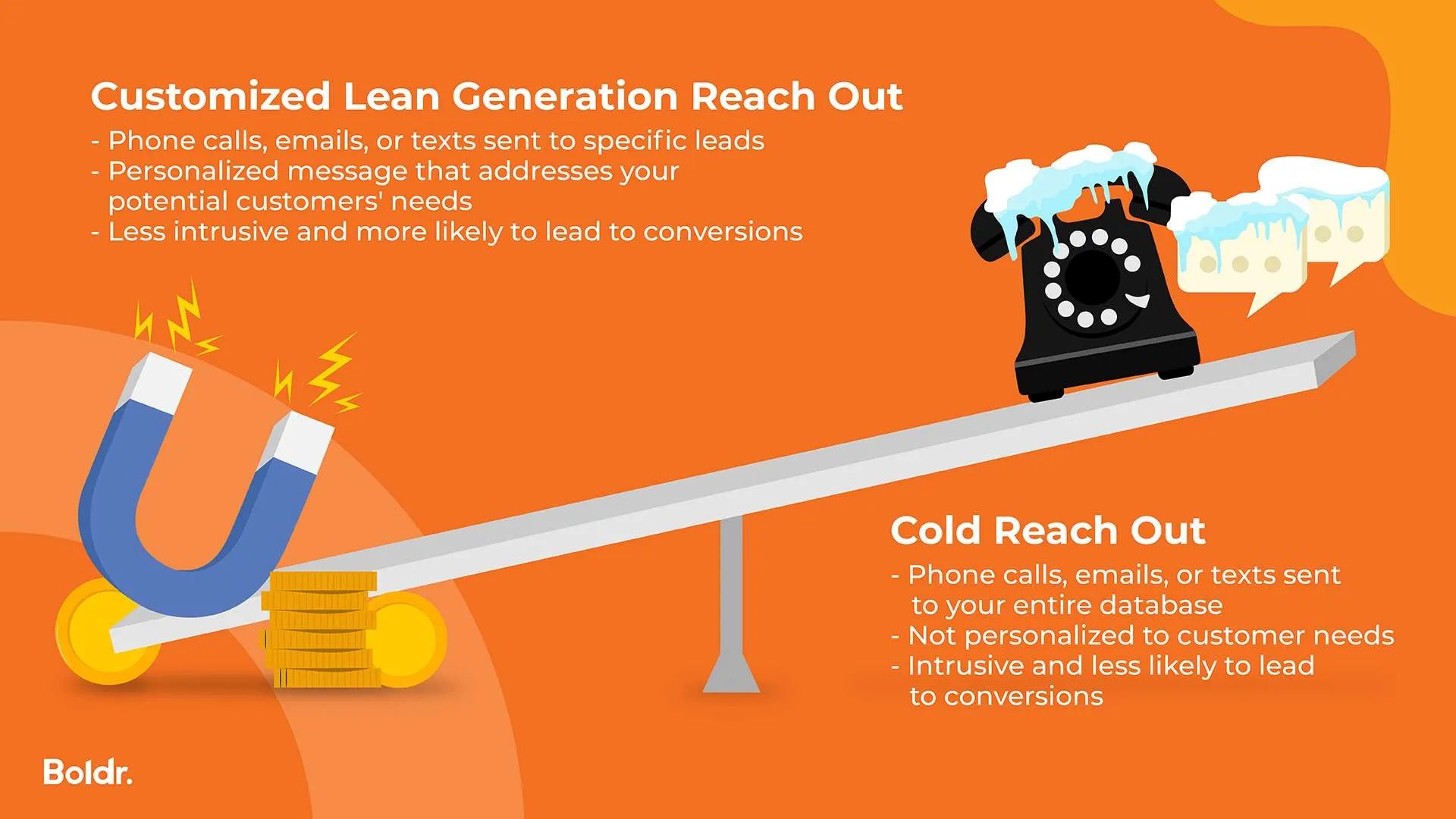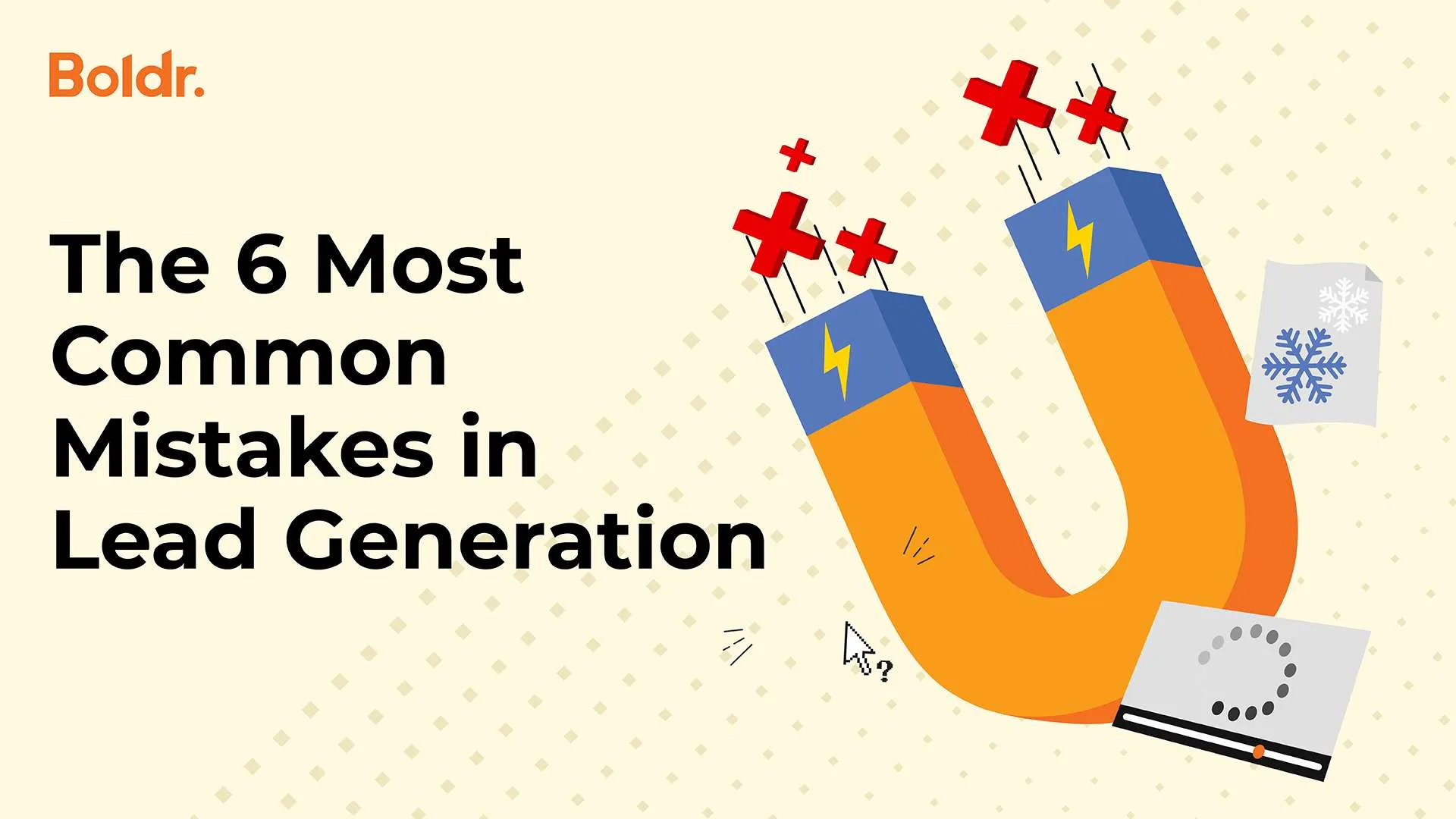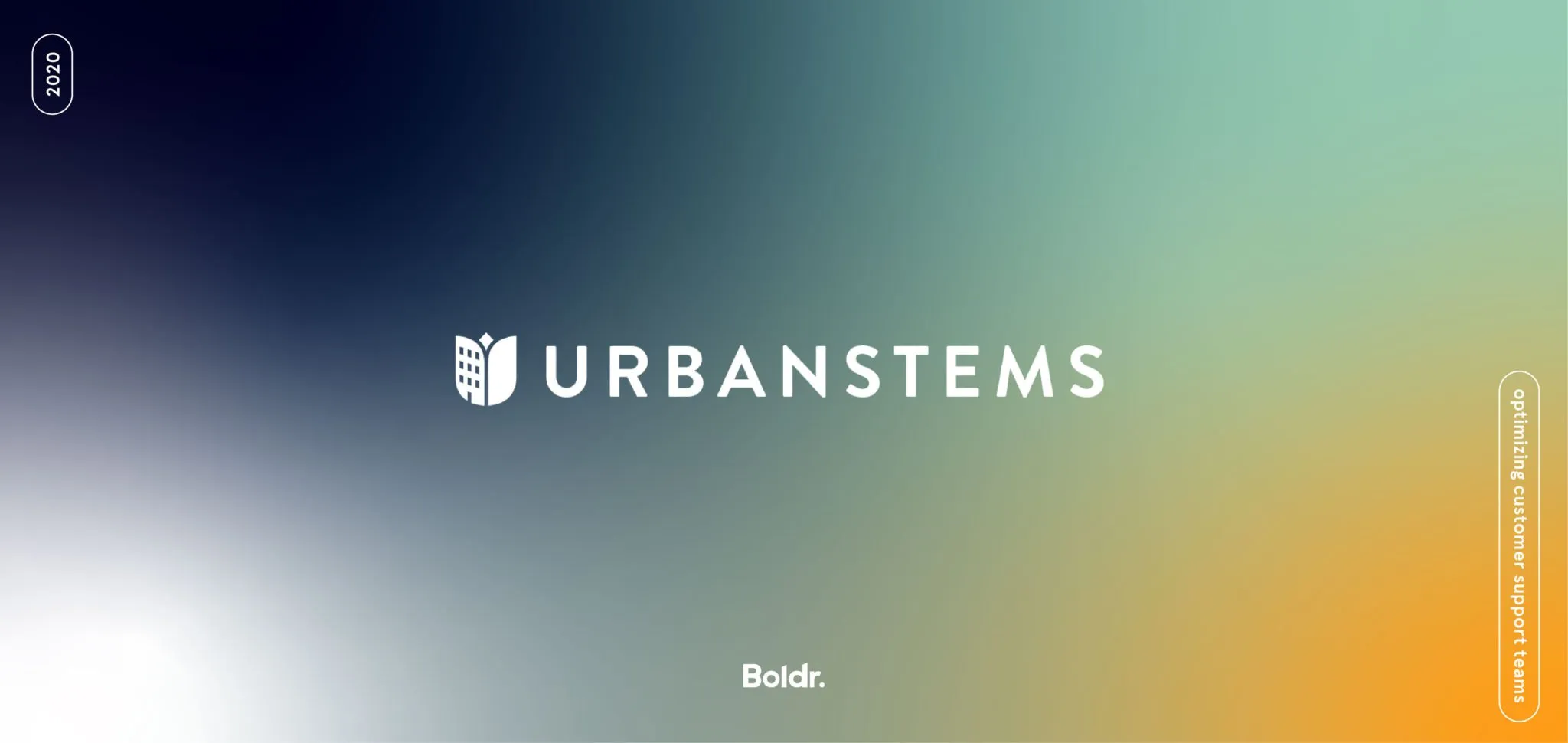In the words of Tina Turner (but, you know, with a marketing spin): what’s sales enablement got to do with lead generation? In one word: everything. So not in the words of the famous singer, lead generation isn’t a second hand emotion when it comes to sales.
When done right, lead generation can become your biggest sales ally. It can make your revenue soar, and your numbers company’s overall numbers go from red to black. However, there’s a huge difference between getting lead information and translating that information into high-quality leads. Meaning – it’s easy nowadays to get all sorts of lead information: emails, phone numbers, names, job titles, workplaces, photographs. People populate the Internet constantly with this information (whether they notice it or not). They have Instagram and Twitter accounts or LinkedIn and Facebook profiles. They sign up for newsletters, make online purchases, and register for giveaways. So yes, getting information is easy. Buying information is even easier. But it’s knowing what to do with that information where lead generation takes a complicated turn. In this article, we’re going to outline what lead generation is and how (when done right) it can help you boost your sales.
What Is Lead Generation?
Picture this. Your phone rings. Who could it be? You answer, thinking it might be your mom, or a distant cousin with amazing news about a long lost inheritance that is magically yours (one can dream, right?). But surprise, surprise, it’s a telemarketer trying to sell you something you neither need nor want. To top it off, they’re calling at the most inappropriate time: when you’re spending time with your family, about to enter a meeting, or getting ready to have dinner. You try to end the call, only to be stalled with feeble sales attempts to keep you on the line. When you finally manage to hang up the phone five minutes later, it’s safe to say you’re disgruntled. Maybe even angry! This scenario is something we’ve all experienced at one time or another. And it’s the perfect example of lead generation failure.
To understand why this is a failed lead gen attempt, we first have to define what a lead is. According to Hubspot, a lead is anyone who shows interest in a company’s product or service in any way, shape, or form. So, lead generation is the process of attracting potential customers to your business.
Leads normally get contacted by a business after the communication channel has been opened by the user – like when they submit their personal information for a trial, subscription, coupon code, etc. Contacting someone who’s not interested in the product and with the worst possible timing is a mistake that hangs solely on the lead generation team. But knowing who your potential customer is, when is the best time to reach them, and finding the right way to communicate with them is definitely a challenge. Context is needed. And it can make all the difference when it comes to boosting your sales.
What are the different types of leads?
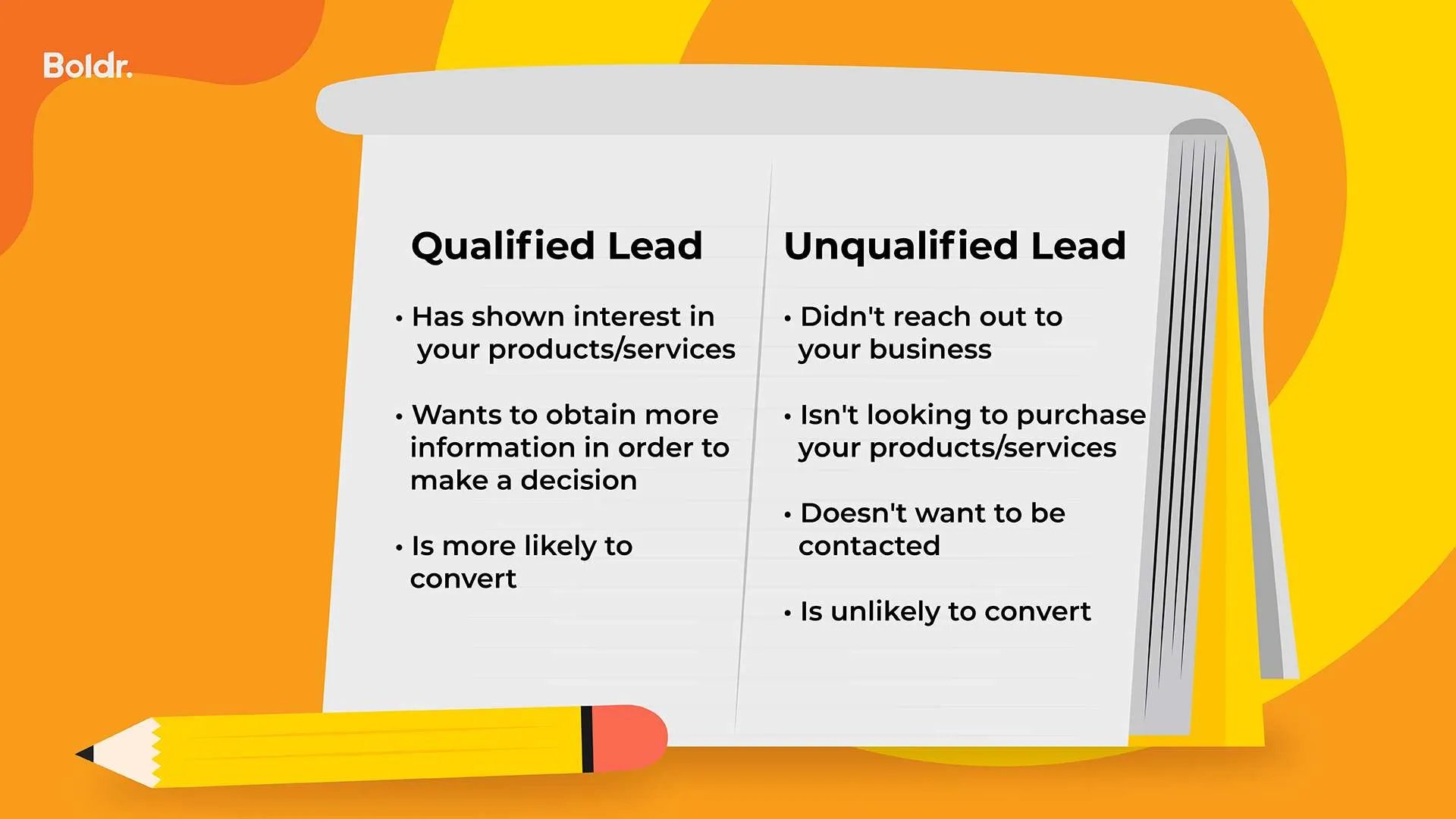
As there are different types of clients, there are different types of leads. According to Lead Genera, leads can manifest themselves differently throughout your business. The most important types can be classified into two groups:
Marketing Qualified Leads (MQL)
This is your initial customer. They’re the contacts who have engaged with your marketing efforts and are thinking about purchasing. They typically come through inbound channels (like web search or content marketing) and have spent some time researching both you and your competitors. However, because they’re only just considering purchasing your product or service, they require a little convincing from the sales teams. They’re ready to hear more about what you have to say.
A good example of a MQL is someone who is looking for, let’s say, skincare. They fill out a “what’s my skin type” questionnaire on your website and leave their contact information. They are already considering buying skincare products – they just need to understand a bit more and discover why your products are their best option. This is a chance for your sales development team to thrive. A pro tip: always try to be as helpful as possible. Ensure your sales representatives understand how the consumer feels and what they’re looking for. This is the path for success when it comes to turning leads into sales.
Sales Qualified Leads (SQL)
This is your ideal lead type. They’ve already made up their mind and decided to purchase. This means the users have been researched and vetted by the marketing department, and they indicated an interest in purchasing your products specifically. They’re ready for the sales department to take action and close the deal!
There are also unqualified leads, whose information has been purchased by third-party companies. Leads who get cold called at the most annoying times. Who get sent spam emails or unwanted messages. A key thing about unqualified leads is that they haven’t interacted with your business. They are not ready to be contacted by your company. And they will most likely not turn into sales, ever. So like we mentioned before – getting information is easy. But having a quality lead generation strategy that can turn potential leads into sales is no walk in the park.
What’s Sales Enablement Got To Do With Lead Generation?
First, let’s define what sales enablement really is. According to Gartner, it’s the process of giving the sales team the information, content and tools they need to help them sell more effectively.
But enabling your sales team consists of more than just handing them PowerPoint presentations and scripts to follow. You need to set them up for success. So, the first and most important sales enablement step is getting them prospective customers (AKA, high quality leads). If you can give them this advantage, the deals are practically closed!
But, Why Is It Essential For The Sales Enablement Team To Get The Right Leads?
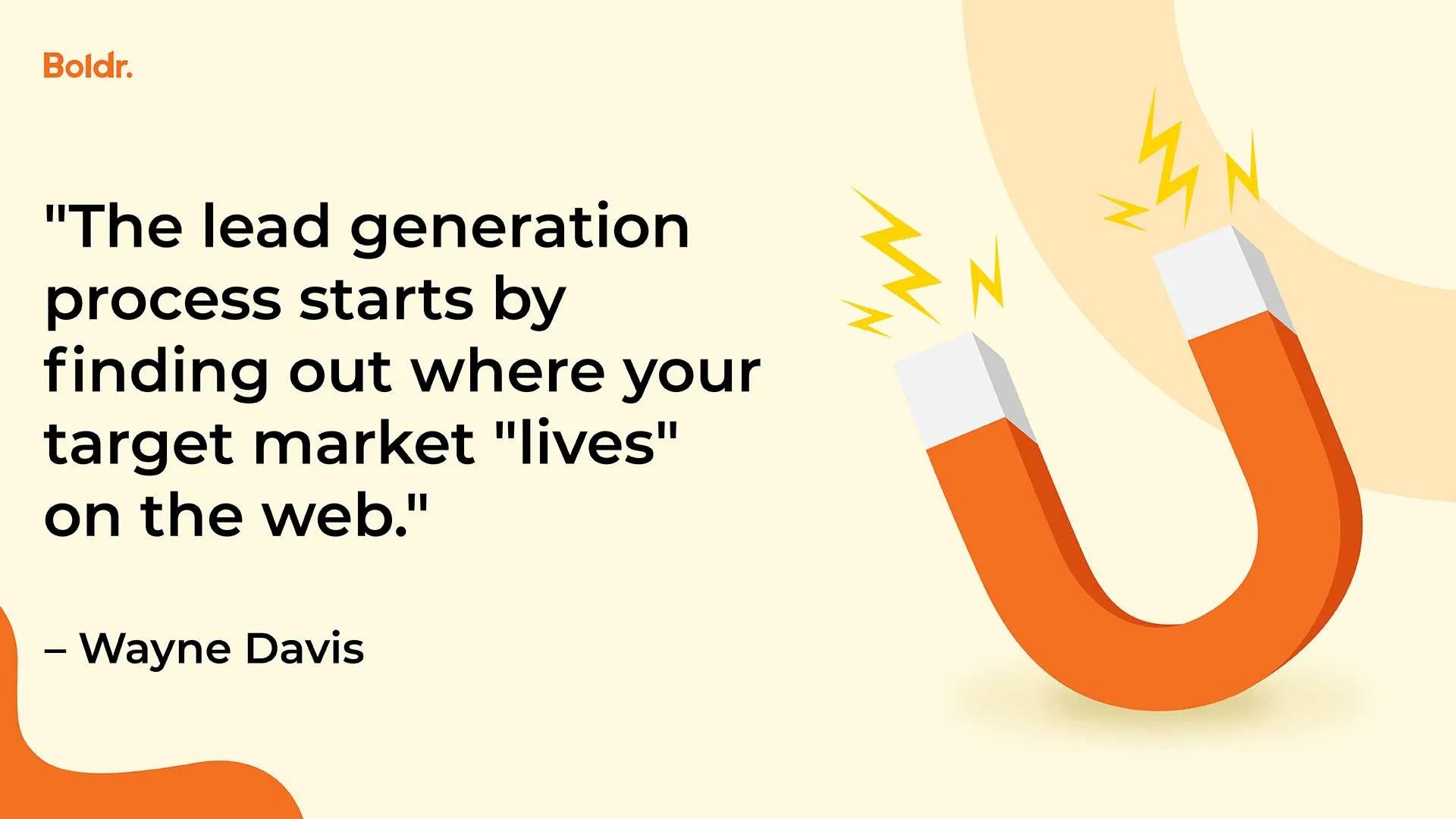
Outsourced Lead Generation
So, yes. Lead generation can be tricky. It can be downright hard. It can be frustrating. And it can seem like an impossible task. Luckily for you, you can just leave it to the experts. There are many mistakes you could make in the process of generating leads, but when you outsource a lead generation service, you can ensure that your business will receive qualified leads – without going through any of the hassles.
This will give your sales team a considerable advantage, and they will be ready to close as many deals as possible!
Why Choose Boldr?
At Boldr, we don’t just do lead generation. We help you monitor those leads. We understand when their priorities or environments change, so you can reach out and contact them at the best possible moment. We make the sales process easy and breezy. With our help, you will make a customer, not just a sale. To us (and to your clients) that makes all the difference in the world.
Bottom line: qualified leads are unicorns. Hard to find, near-impossible to catch. With the wrong outsourcing company, you will probably just get many horses with a horn taped on their forehead. But when you partner with Boldr, you get what you paid for real: Pure, strong unicorns. Sparkle and all, we can help you feed your sales pipeline. That way, you can shift your focus to closing deals!
Anyone can get you information on leads. Not everyone can get you a lead. That’s what we focus on: getting the conversation started for you. If you want to improve your sales funnel and get more leads, you can review our lead generation services or get a free consultation right here.
